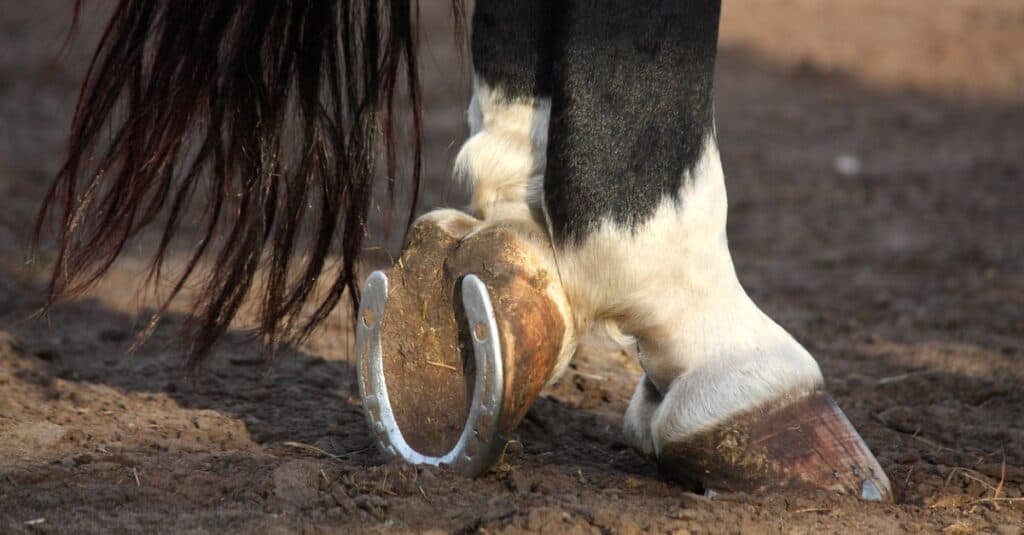Why Do Horses Need Shoes? Understanding the Importance of Horse Hoof Care
For centuries, horseshoes have been a staple in equine care. But why do horses need shoes in the first place? This is a common question among new horse owners and enthusiasts. Understanding the role of horseshoes can help you ensure your horse’s comfort, performance, and long-term hoof health.
The Natural Hoof vs. The Domestic Life
In the wild, horses roam vast terrains and wear down their hooves naturally. However, domesticated horses often face different environments — from hard concrete paths to wet pastures — which can negatively affect their hooves. This is where horseshoes become essential.
Top Reasons Horses Need Shoes
- Protection from Wear: Horses that are ridden or worked frequently on rough surfaces can experience excessive hoof wear. Shoes provide a layer of protection to prevent damage.
- Corrective Support: Horses with conformation issues or hoof imbalances benefit from corrective shoeing. Farriers use specialized shoes to address problems like navicular syndrome or laminitis. Learn more from the Royal Veterinary College.
- Traction and Stability: In disciplines like dressage, eventing, and trail riding, traction is crucial. Shoes with special grips or studs provide stability, especially in slippery or uneven terrain.
- Injury Prevention: Horses working on abrasive or rocky terrain are at risk of cracking, bruising, or splitting their hooves. Horseshoes can reduce the impact and prevent injuries.
Types of Horse Shoes
Not all horses wear the same type of shoe. Common options include:
- Steel Shoes: Durable and often used for working or performance horses.
- Aluminum Shoes: Lightweight and preferred in racing or speed disciplines.
- Rubber or Plastic Shoes: Flexible and used for horses with sensitive hooves or recovering from injury.
- Therapeutic Shoes: Designed specifically for hoof or leg problems under veterinary guidance.
Do All Horses Need Shoes?
No. Some horses do well barefoot, especially if they have healthy hooves, live in soft terrain, and have a proper diet. However, the American Association of Equine Practitioners (AAEP) recommends routine evaluations by a qualified farrier or veterinarian to determine if shoes are necessary for your horse’s condition and activity level.
The Role of the Farrier
Farriers are trained specialists in hoof care. They trim hooves, assess hoof balance, and apply shoes if needed. Farriers play a critical role in equine health, helping prevent lameness and promote overall soundness. If you’re searching for “farrier near me” or “horseshoeing services,” ensure they are certified by the American Farrier’s Association in the US or the Farriers Registration Council in the UK.
Cost vs. Value of Shoeing Horses
Though the average cost of shoeing a horse ranges from $80 to $200 depending on the type of shoe and region, the investment can save you from expensive veterinary bills later. Proper hoof care directly impacts your horse’s longevity and performance.
Conclusion: Hoof Health is Horse Health
Whether your horse is a trail companion, competition athlete, or pasture buddy, their hooves deserve attention. Horseshoes are not just metal attachments —they’re critical tools in preserving mobility, comfort, and soundness.
Always consult with your vet and farrier to create a hoof care plan that meets your horse’s individual needs. And remember, well-maintained hooves are the foundation of a happy, healthy horse.
Want more tips on equine care, shoeing services, or hoof maintenance gear? Subscribe to our newsletter and explore our expert-approved hoof care products and tools.
